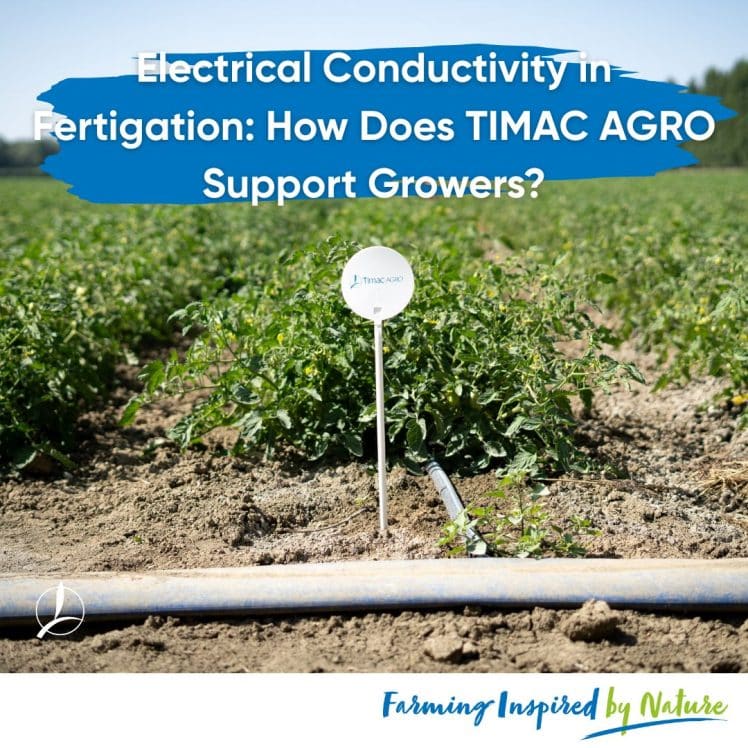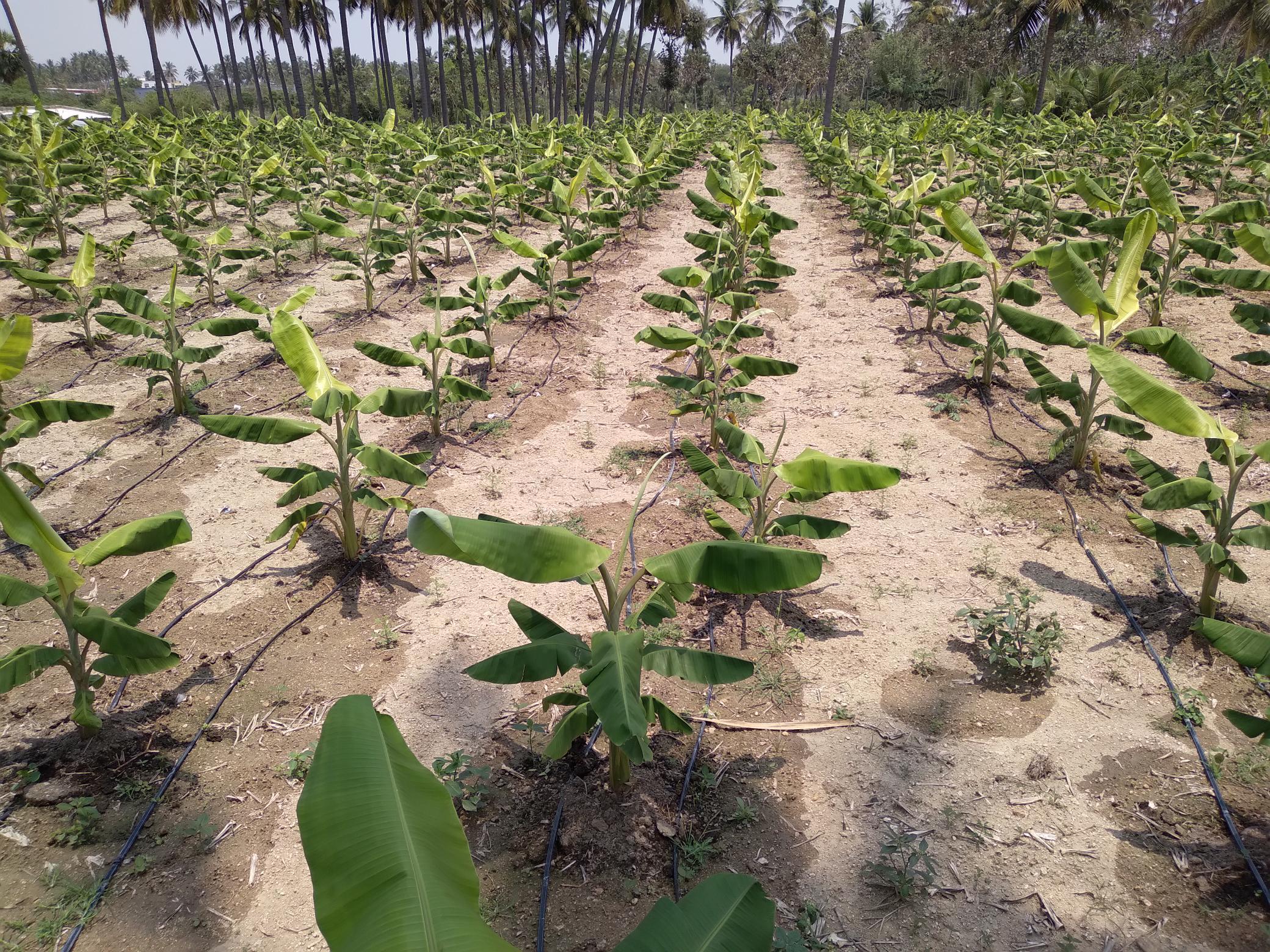Electroconductivity in fertigation: a key lever to optimize agronomic performance
What is Electrical Conductivity?
Electrical conductivity refers to the ability of a solution to conduct an electric current, directly related to the quantity and type of dissolved ions (cations and anions). In a fertigation solution, it results from the conductivity of the water used and the added fertilizers.
This indicator, expressed in millisiemens per centimeter (mS/cm), varies depending on numerous factors, including temperature, the ionic composition of the water, and the specific needs of the crops. Managing it is a crucial technical lever to adjust inputs and support optimal root system function.
A Technical Parameter at the Heart of Plant Metabolism
Electrical conductivity plays a key role in a plant’s ability to absorb nutrients and water. When conductivity becomes too high, especially during sensitive stages of development, osmosis can reverse. The plant then activates regulatory mechanisms that may limit nutrient uptake and slow down growth.
Each crop has its own tolerance thresholds for electrical conductivity, which evolve throughout the plant’s life cycle. A static reading is therefore insufficient: this is a dynamic indicator that must be interpreted based on the plant’s physiological needs and the agro-environmental context.

TIMAC AGRO: Expertise and Technical Support
At TIMAC AGRO, managing electrical conductivity is a core part of our holistic agronomic approach. Our teams support growers in fine-tuning their fertigation practices by combining several parameters: the ionic profile of the water, the nature of the soil or substrate, crop type, climate, production goals, and more.
The goal is not to stick to a single target value, but to understand potential fluctuations in conductivity in order to help maintain a root environment conducive to healthy, balanced growth.
Supporting Agronomic Performance Sustainably
When closely monitored and integrated into the overall nutrition strategy, electrical conductivity can improve input efficiency, stabilize water-mineral balance, and promote more consistent crop development.
This is the mindset behind TIMAC AGRO’s expertise: helping farmers align nutritional efficiency, responsible water use, and agronomic performance—while respecting each crop’s specific needs and the realities of the field.
Far from being a mere technical parameter, electrical conductivity is a powerful adjustment tool that supports more precise and reasoned agricultural practices. By integrating this factor into the nutritional approach, it’s possible to support the plant through every stage of its growth cycle within a framework of long-term agronomic optimization.
TIMAC AGRO’s technical teams assist farmers in analyzing and managing this parameter in connection with all agronomic data in the cropping system. To go further, our advisors can help you implement a customized monitoring system tailored to your farm.




